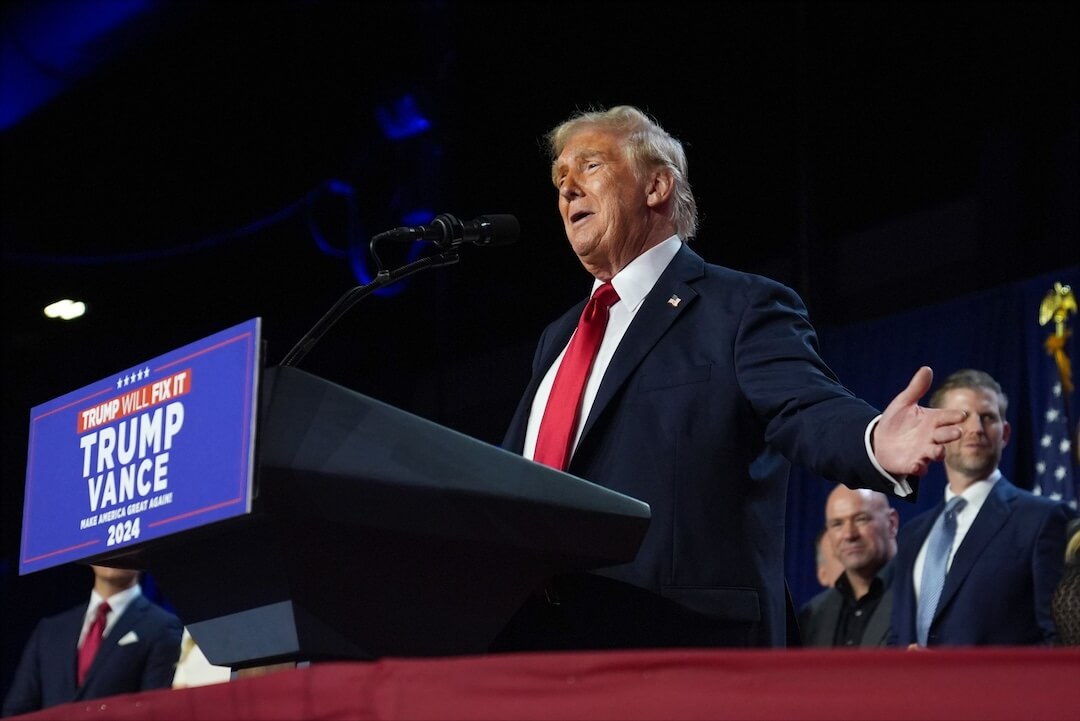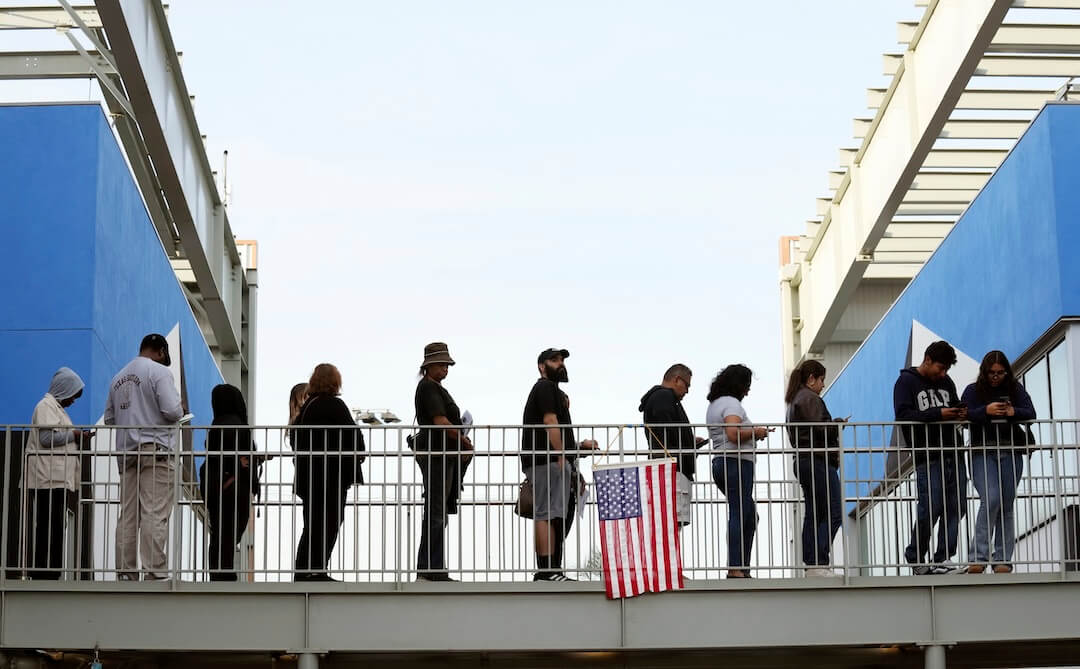On a trip to Washington, D.C., last week, Sree Sreenivasan left the American Society of News Editors conference to network with people from the Smithsonian Institution and the Library of Congress.
It was a slightly analog move for Columbia University’s connection-cultivating chief digital officer — pressing the flesh and collecting business cards. But he’ll soon leave the school to become chief digital officer at the Metropolitan Museum of Art, and like anyone trained as a reporter, he needs to learn another beat.
“I have to learn all this museum speak, all this stuff about the history of museums, the language, the etiquette, the processes,” Sreenivasan said by phone. I told him his move away from academia and journalism surprised some people I knew, and he said it was a surprise to him, too.
“My job isn’t just to help with the online traffic but also the in-person experience,” he said. “In the end, it’s all about storytelling.”
In his 21 years at Columbia, Sreenivasan, who was dean of student affairs at Columbia’s j-school before the CDO gig, has become a tireless evangelist for tools that can help storytelling.
“Everyone else gives TEDx talks on solving hunger and making the world a better place, and I give TEDx talks on the importance of the hashtag,” he said. “So that’s sort of what I bring to the table — I’m constantly thinking about this stuff.”
He’s also put his thoughts into practice, not just through teaching and networking but by cofounding the local-news site DNAinfo.com. “I learned more in those couple of years than I did in a couple of decades about how hard it is to start a news brand,” Sreenivasan said.
At the Met, Sreenivasan will lead a department of 68 people. He told The Wall Street Journal’s Jeff Yang that he’d like to shine light on some of the Met’s undersung large collections of things like guitars, postage stamps and baseball cards.
Yang described Sreenivasan’s new gig as: “Finding ways to use digital technologies to get more of the Met’s riches into the public eye, and to get more of the public to feel like they have a stake in the Met.” Sreenivasan told me it represents “a chance for me to put into practice a lot of the things I’ve been thinking and talking about.”
Over the past few years in particular, Sreenivasan has seen some of his students take jobs outside the traditional areas of journalism, and he’s always encouraged them to “make the highest and best use of your talents,” he said. The question of whether people are still journalists if they leave journalism comes up more now, he said, because “in the old days, people rarely left journalism.”
“Particularly as an academic, I haven’t been a practicing reporter for a long time now,” he said. “So am I a journalist? I think I’m more of a commentator and an alleged pundit. … The way you do your journalism has evolved so much. … I have a friend and former student who now writes for the [Natural Resources Defense Council], and he’s doing more and better work as a science writer than he might be at other places. … My interest is to project the best of the Met and make it better than it already is.”
Sreenivasan will continue as an adjunct professor at Columbia. His first day at the Met is scheduled for Aug. 12.








Comments